Flying with checked luggage is like sending your belongings on their own adventure through a maze of conveyor belts, cargo holds, and baggage handlers. While airlines have gotten much better at keeping track of our stuff over the years, some items seem to have a knack for going missing or getting banged up during the journey. Understanding which items are most vulnerable can help you pack smarter and avoid the headache of dealing with lost or damaged belongings.
The good news is that more than 85% of all airline baggage is just delayed due to late check-in, short times between connecting flights, or unexpected weather conditions, with only 3% actually lost or stolen. Still, when your bag does get mishandled, certain items inside are more likely to suffer than others.
Here is a list of 16 items airlines often lose or damage during travel.
Electronics
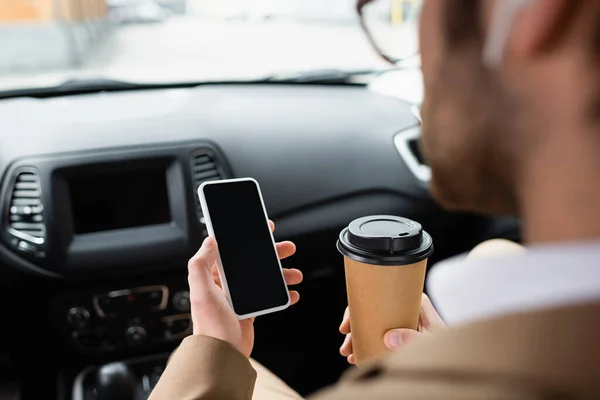
Your laptop, tablet, camera, and other gadgets are prime targets for both loss and damage during air travel. The Transportation Security Administration warns travelers never to place jewelry, cash, or electronics into checked luggage for good reason. These items are not only valuable and tempting to sticky-fingered baggage handlers, but they’re also fragile and can easily break when luggage gets tossed around.
Airlines typically exclude electronics from liability coverage, meaning if your expensive camera disappears or gets crushed, you might not see a dime in compensation. The smart move is to keep all electronics in your carry-on bag, where you can keep an eye on them.
Musical Instruments

Musicians know the pain of watching their beloved instruments disappear into the cargo hold, and for good reason. Musical instruments are specifically excluded from compensation by most airlines due to their fragile nature and high value. Guitars can get their necks snapped, violin cases can be crushed, and brass instruments can get dented beyond repair.
The changes in air pressure and temperature in cargo holds don’t help either. Many professional musicians now buy an extra seat for their instrument or invest in nearly indestructible cases. Airlines understand the value these items have, but they’d rather you take extra precautions than deal with expensive damage claims.
Like Travel Pug’s content? Follow us on MSN.
Sports Equipment

Golf clubs, ski equipment, surfboards, and other sports gear face a double whammy of size and fragility issues. Ski equipment, surfboards, and golf clubs often exceed standard baggage dimensions, making them harder to handle and more likely to get separated from regular luggage. Golf club heads can snap off, ski bindings can crack, and surfboard fins are notorious for breaking during transport.
The good news is that many airlines treat sports equipment more carefully than regular luggage and often have special handling procedures. However, the sheer bulk of these items means they’re still more prone to damage than your average suitcase.
Fragile Items

Anything made of glass, ceramic, or other breakable materials is playing Russian roulette in the cargo hold. Wine bottles, picture frames, decorative items, and glassware regularly arrive in pieces despite careful packing. Airlines specifically exclude fragile items from their liability coverage, essentially telling passengers they’re checking these items at their own risk.
The automated baggage systems aren’t designed with delicate items in mind, and a six-foot drop onto a concrete floor is just part of the normal handling process. If you absolutely must check fragile items, wrap them like you’re preparing for an earthquake and pray to the baggage gods.
Jewelry and Valuables
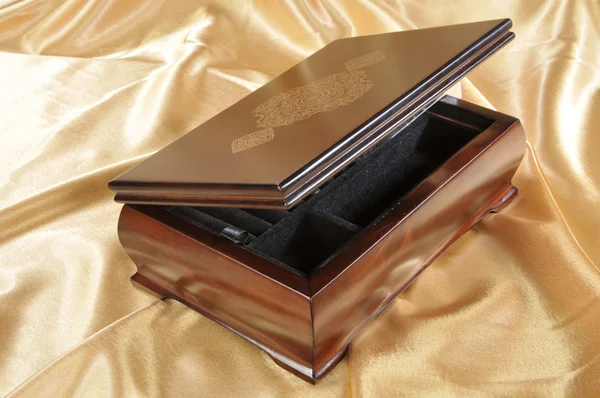
Expensive watches, rings, necklaces, and other valuable items have a mysterious way of walking off during baggage handling. There are many stories of baggage handlers being arrested on charges of stealing electronics, cameras, and other products from the luggage of passengers.
Even honest handlers might not notice when a small jewelry box falls out of an overstuffed suitcase. Airlines universally exclude jewelry from liability coverage, and proving theft is nearly impossible. The rule here is simple: if you can’t afford to lose it, don’t check it.
Like Travel Pug’s content? Follow us on MSN.
Designer Clothing
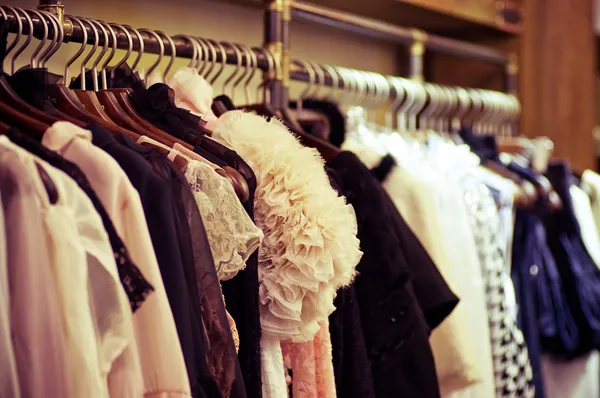
High-end fashion items, especially those with distinctive brands or price tags still attached, seem to sprout legs in baggage claim areas. Expensive coats, designer shoes, and luxury handbags are obvious targets for theft. Even when they’re not stolen, delicate fabrics can get stained, torn, or wrinkled beyond repair during the rough handling process.
Flashy, expensive bags tend to be less durable and also make you a target for thieves. Your best bet is wearing your most expensive items on the plane or packing them deep inside a nondescript suitcase.
Important Documents

Business papers, contracts, manuscripts, and other irreplaceable documents can disappear faster than you can say ‘backup copy.’ Airlines exclude business documents, manuscripts, and publications from their liability coverage. Unlike other items on this list, documents don’t usually get stolen for their monetary value, but they can easily fall out of bags, get mixed up with other passengers’ belongings, or be damaged by spills.
The emotional and professional impact of losing important papers often far exceeds their actual replacement cost. Digital backups and carry-on storage are your friends here.
Prescription Medications

While not necessarily ‘lost’ in the traditional sense, medications can become inaccessible when bags are delayed or misrouted. Airlines exclude medicines and medical equipment from their liability coverage. Temperature-sensitive medications can also lose their effectiveness in the extreme conditions of cargo holds.
Missing a few doses of critical medication because your bag took a detour to the wrong city can have serious health consequences. Medical professionals universally recommend keeping prescription drugs in carry-on luggage, along with a few extra days’ supply just in case.
Like Travel Pug’s content? Follow us on MSN.
Cameras and Photography Equipment
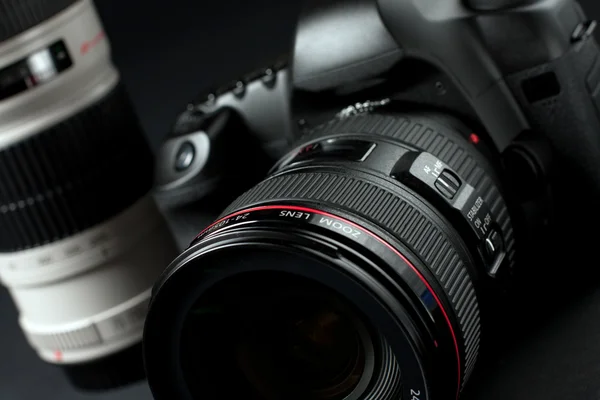
Professional photographers and hobbyists alike have horror stories about expensive camera gear going missing or arriving in pieces. Camera bodies, lenses, tripods, and lighting equipment are not only valuable but also incredibly fragile. Airlines specifically exclude cameras, photographic and video equipment from their liability coverage.
A single dropped lens can cost thousands to replace, and the sentimental value of lost photos is irreplaceable. The constant jostling and temperature changes in cargo holds can also affect the delicate mechanisms inside cameras. Most photographers now travel with their essential gear in carry-on bags, even if it means lugging heavy equipment through airports.
Cash and Gift Cards

Cold hard cash and gift cards are like candy to dishonest baggage handlers. Airlines universally exclude money, gift cards, and gift certificates from their liability coverage. Unlike credit cards, cash can’t be canceled or replaced if stolen, and gift cards are essentially anonymous bearer instruments.
Even honest handlers might not notice when loose bills fall out of a wallet during rough handling. There’s no good reason to pack cash in checked luggage when you can carry it with you or use electronic payment methods at your destination.
Collectibles and Antiques
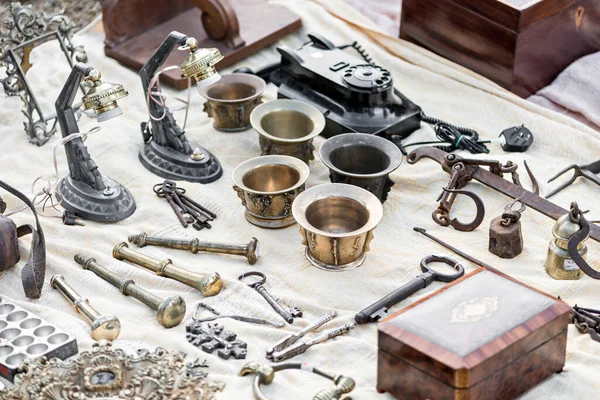
Baseball cards, vintage items, art pieces, and other collectibles are particularly vulnerable during air travel. Airlines exclude antiques, artifacts, collectibles, and works of art from their liability coverage. These items often have value that’s difficult to quantify and impossible to replace.
A vintage poster might be worth thousands to a collector, but look like junk to a baggage handler. The age and fragility of many collectibles make them especially susceptible to damage from rough handling. Serious collectors either ship valuable items separately through specialized services or hand-carry them on the plane.
Like Travel Pug’s content? Follow us on MSN.
Lithium Batteries and Chargers
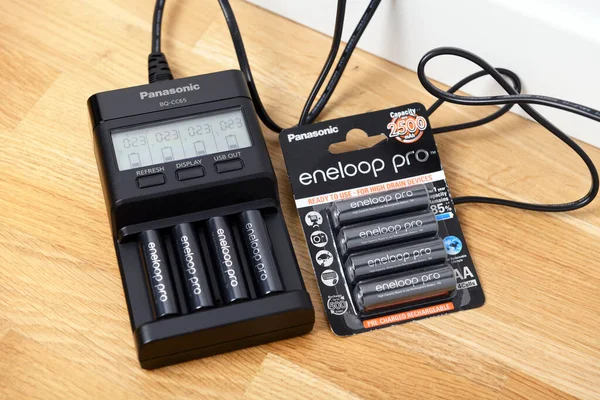
Spare batteries, portable chargers, and electronic accessories have a habit of disappearing from checked luggage. While not necessarily high-value items individually, they’re small, useful, and easy to pocket during baggage handling. Airlines exclude electronic equipment and accessories from their standard liability coverage.
Lithium batteries can also be dangerous in the cargo hold due to fire risk, and some airlines prohibit them in checked luggage entirely. The convenience factor makes these items attractive to light-fingered handlers, and proving theft of a $20 phone charger isn’t worth the hassle for most travelers.
Tools and Equipment
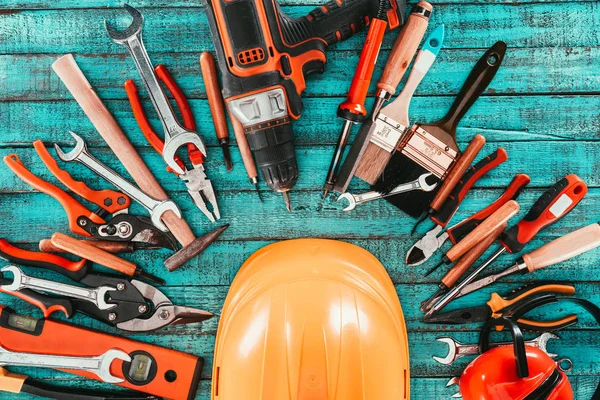
Professional tools, construction equipment, and specialized gear face challenges due to both their value and their potential security concerns. Airlines exclude tools and business equipment from their standard liability coverage. Power tools are particularly attractive to thieves, and even basic hand tools can add up to significant replacement costs.
Security regulations also mean that many tools are automatically flagged for additional screening, increasing the chances of bags being opened and items going missing. Contractors and technicians often find it more reliable to rent tools at their destination rather than risk losing their personal equipment.
Books and Manuscripts

Writers, researchers, and students often travel with valuable books, research materials, or original manuscripts. Airlines specifically exclude books, manuscripts, and publications from their liability coverage. While a novel might not have monetary value, the intellectual property inside can be irreplaceable.
Academic research, unpublished works, and rare books can represent years of effort that can’t be easily recreated. The physical weight of books also makes them more likely to cause bag tears or zipper failures. Digital copies and cloud storage have become essential backup strategies for traveling academics and writers.
Like Travel Pug’s content? Follow us on MSN.
Perfumes and Liquids

Cologne, perfume, shampoo, and other liquid items don’t exactly go ‘missing,’ but they create a mess that can damage everything else in your suitcase. Airlines exclude liquids and perfumes from their standard liability coverage. Bottles can break during rough handling, or pressure changes can cause caps to loosen and leak.
A single broken perfume bottle can destroy an entire suitcase worth of clothing and belongings. The oily nature of many cosmetics makes stains particularly difficult to remove. Experienced travelers always pack liquids in sealed plastic bags and keep valuable items separate from potential spill hazards.
Personal Care Items
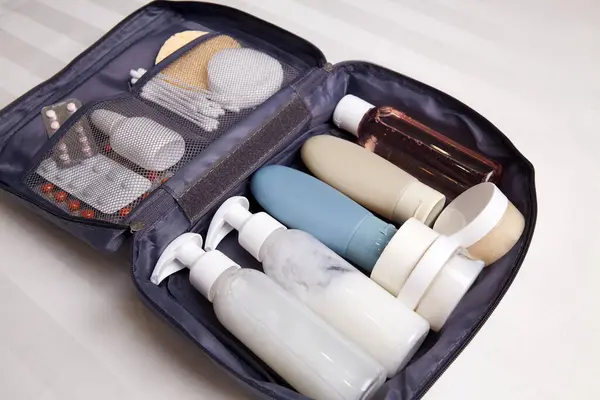
Electric razors, hair dryers, curling irons, and other personal care devices frequently go missing or arrive damaged. Airlines exclude electronic and mechanical items from their standard liability coverage. These items are useful, relatively valuable, and easy to conceal, making them attractive to dishonest handlers.
They’re also susceptible to damage from the rough handling and extreme temperatures in cargo holds. The heating elements in hair styling tools can be particularly fragile and expensive to repair. Many travelers now stick to basic, inexpensive personal care items for checked luggage and save the good stuff for carry-on bags.
When Yesterday’s Luggage Meets Today’s Reality
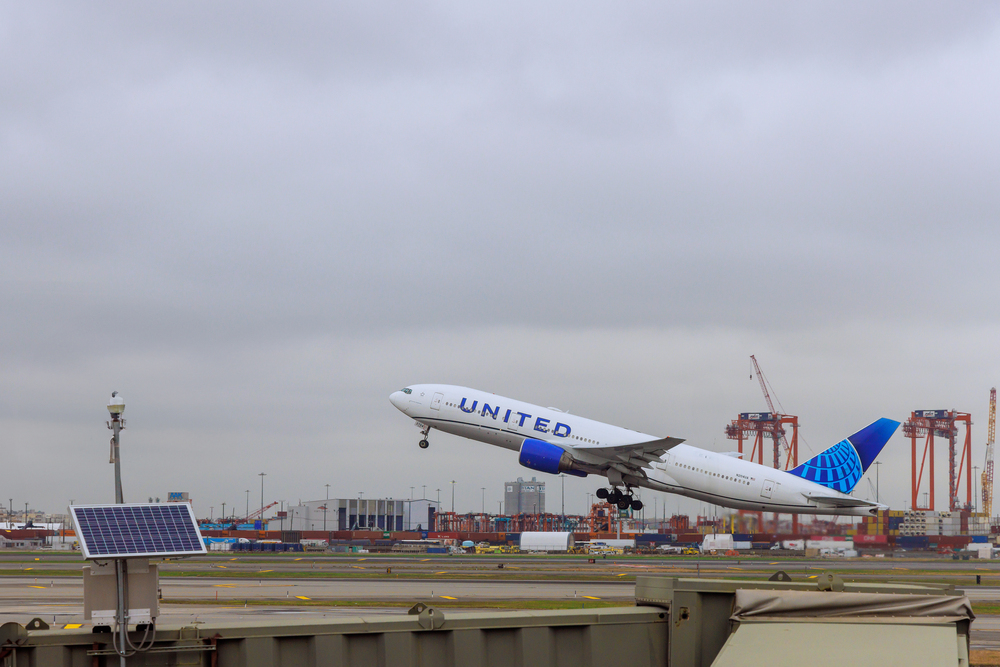
The airline industry has come a long way from the chaos of the early 2000s, when major airlines lost or damaged one bag for every 189 passengers. Today’s sophisticated tracking systems and improved handling procedures mean your belongings are more likely to arrive safely than ever before. However, the fundamental reality hasn’t changed: certain items will always be more vulnerable to loss or damage during air travel.
The smart traveler learns from these patterns, packs accordingly, and saves the truly irreplaceable items for carry-on luggage. Your future self will thank you when you arrive at your destination with everything intact and your stress levels manageable.
Like Travel Pug’s content? Follow us on MSN.
More from Travel Pug

- 20 Best Beach Towns in the Carolinas
- 13 Destinations Where Tourists Regularly Regret Their Trip
- 20 Things You Actually Get in First Class
- 20 Small Airports With Aviation Museums
- 20 Places in the U.S. That Are Perfect for a Reset Trip
Like Travel Pug’s content? Follow us on MSN.
